#estonian
Text
#poll#polls#languages#language#denmark#danish#sweden#swedish#finland#finnish#iceland#icelandic#estonia#estonian#norway#norwegian#russia#russian#latvia#latvian#germany#german#slovenia#slovenian#ireland#irish#italy#italian#sorry... there's no many of these/all of these option 😭 this will be hard for me too!#learning
2K notes
·
View notes
Text
Tumblr has decided I am finnish now and started showing me posts in finnish and I kid you not that has been the most harrowing experience of my life. I read a post, thinking I understand it but then I realize I have no idea what they're talking about. I then immediately start screaming
396 notes
·
View notes
Text

Estonian woman, Estonia, by MTÜ Rahvarõivas
#estonian#estonia#europe#eastern europe#folk clothing#traditional clothing#traditional fashion#cultural clothing
151 notes
·
View notes
Text
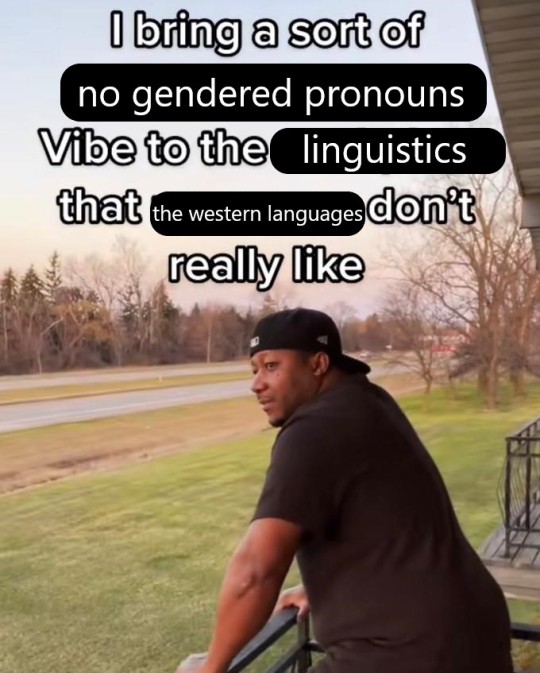
for u, eesti tumblr, a language shitpost
#ive been gone for too long oops#its been 2000 years#but im back with an estonian shitpost#eesti keel#estonian
454 notes
·
View notes
Text
i saw @koppitules tweet on twitter that translators have a hard time translating jeres finnish cus he speaks kinda uniquely/weirdly and everyday speaking language apparently differs a lot from written so now im wondering why is it hard for even finns to understand him sometimes like whats so confusing about his speaking ? and this is a genuine question like is it even possible for a finn to explain it to someone from another country ? is there anything to explain ? id think being an estonian makes it easier but i genuinely have no idea cus i barely know any finnish
#languages r so interesting#especially finnish and estonian for me rn cus im obsessing over jere#sometimes i recognise some things in finnish as like oh yea this is exactly the same in estonian#and some other times its like wtf why is ur language like that#käärijä#jere from vantaa#käärija#jere pöyhönen#jere poyhonen#jere#kaarija#language#finnish#estonian
216 notes
·
View notes
Photo

Estonian map of First World War
61 notes
·
View notes
Text

omg hai
more eyestrainy moving version under the cut

#eestiblr#omg hai#shark#cw eyestrain#just in case#gif edit#blingee#kawaii#kawaiicore#idk#language joke#estonian#hai#this took me an abnormally long time i hope you enjoy
519 notes
·
View notes
Text
TLT proovib seda publiku eest varjata, aga kui sa satud kunagi ööbussile numbriga 96, ära istu kõige tagumistel toolidel. Kui veedad nendel rohkem kui kolm peatust avaneb bussi katuseaken ja siseneb Getter Jaani. Ta lahkub ainult siis, kui nimetad 5 tema laulu (mis ei ole Rockefeller Street) annad talle 96 eurot sularahas (ei tohi olla ühtegi punast senti ega 10 eurost). Kui sa seda ei tee, teeb ta sind süldiks (bussijuhi palk).
#eestiblr#eesti#estonian#eesti keel#estonia#unreality#ma ei tea#ma tõesti ei tea#kui ma kaon ootamatult tuli TLT mulle järele
54 notes
·
View notes
Text
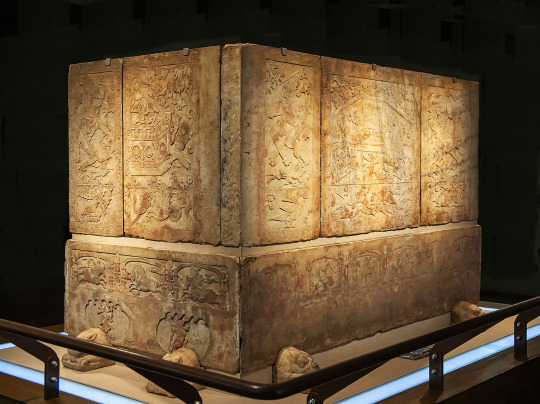

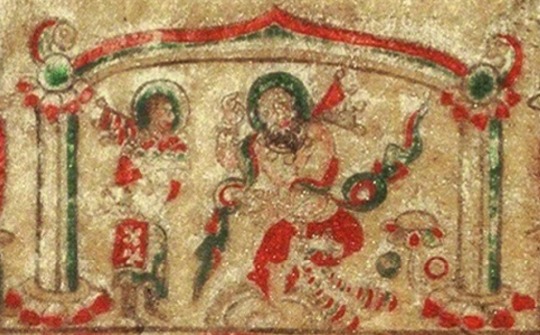

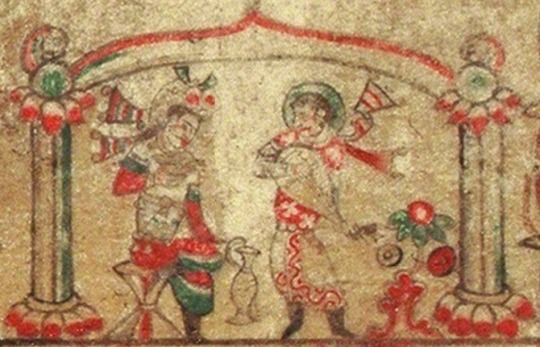




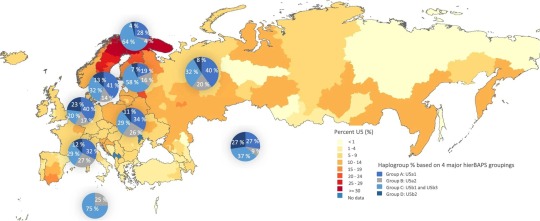
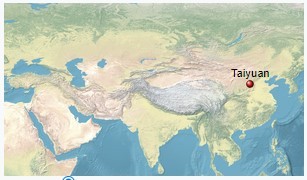
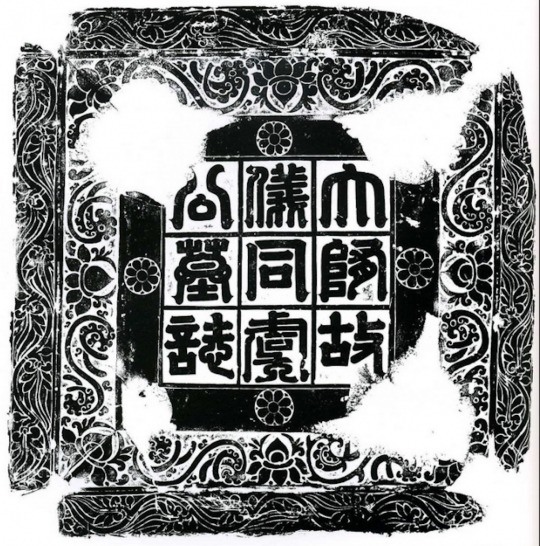
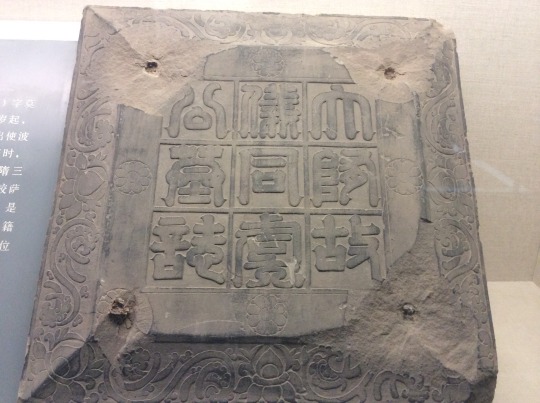

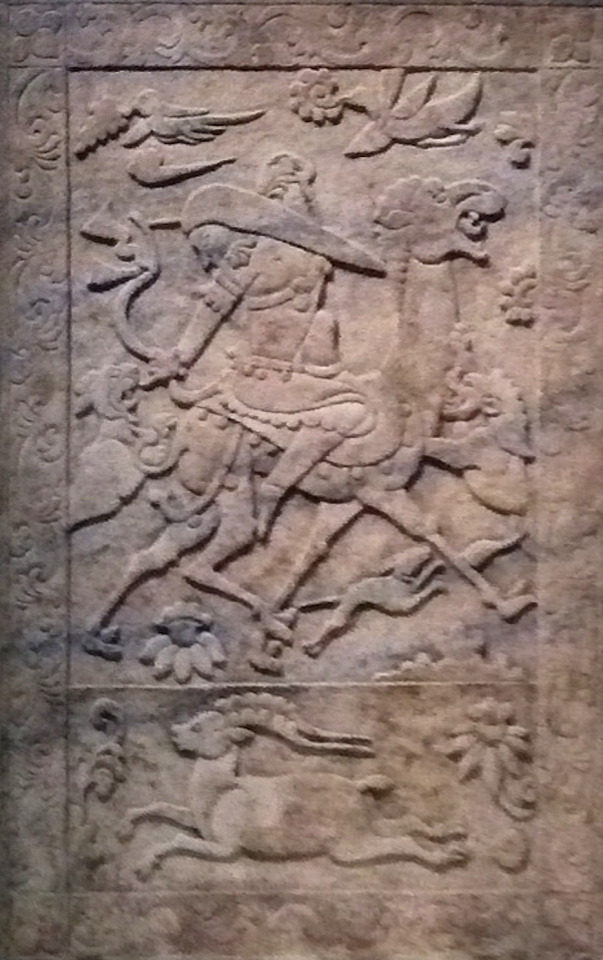
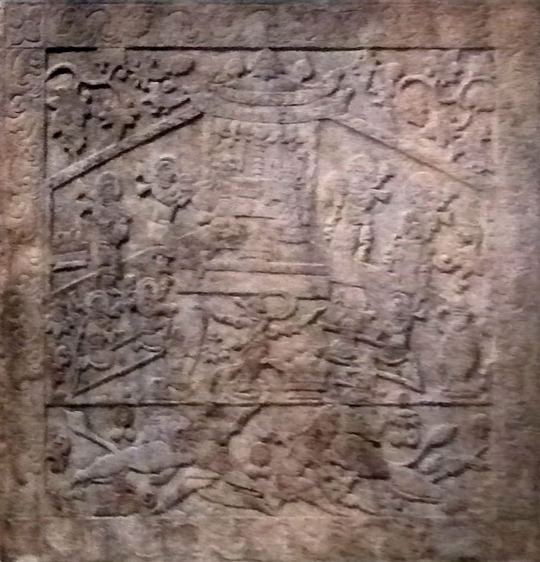
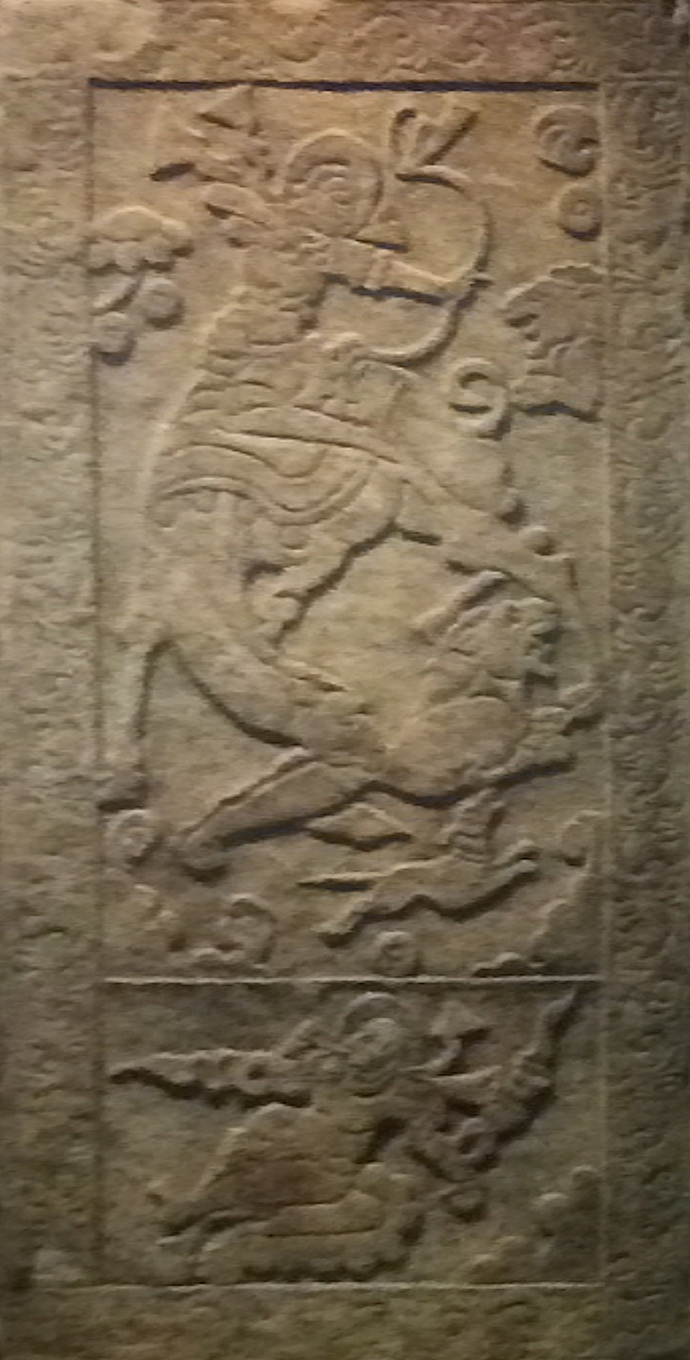
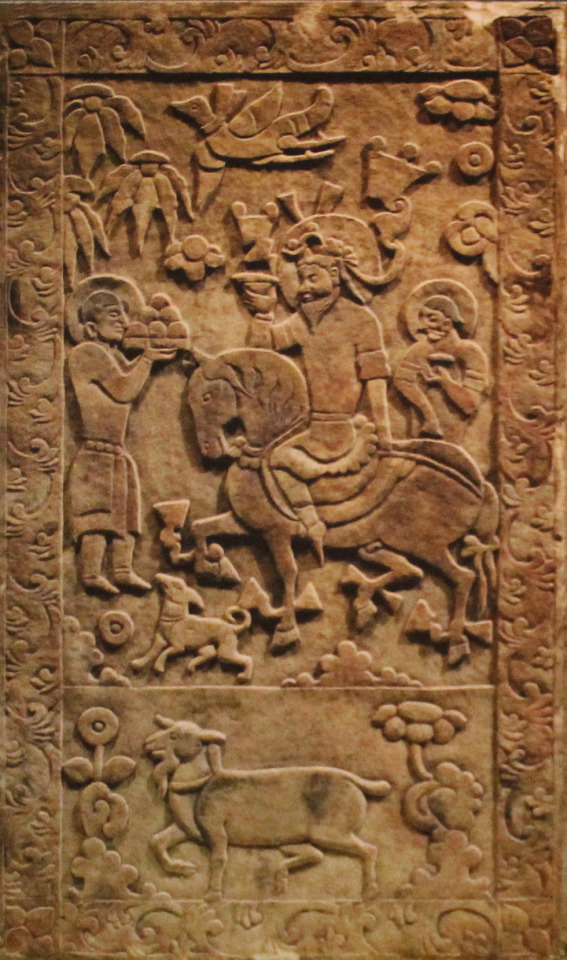
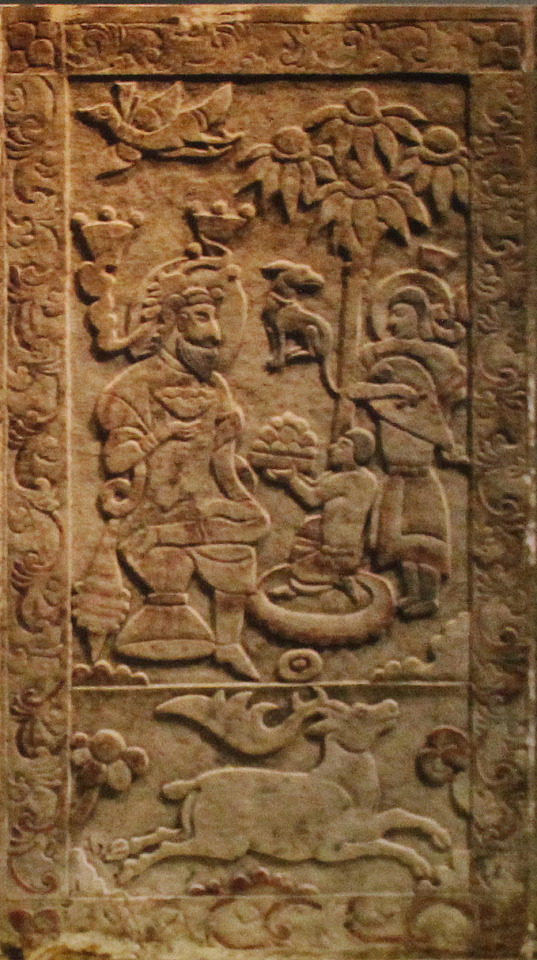
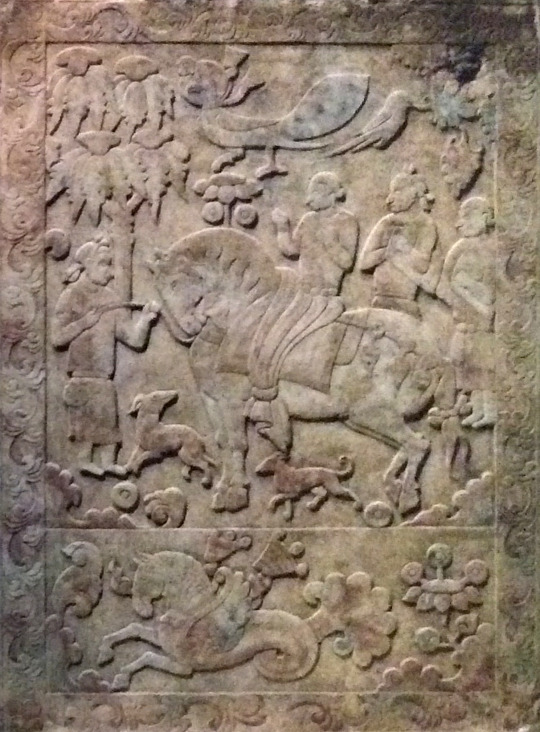
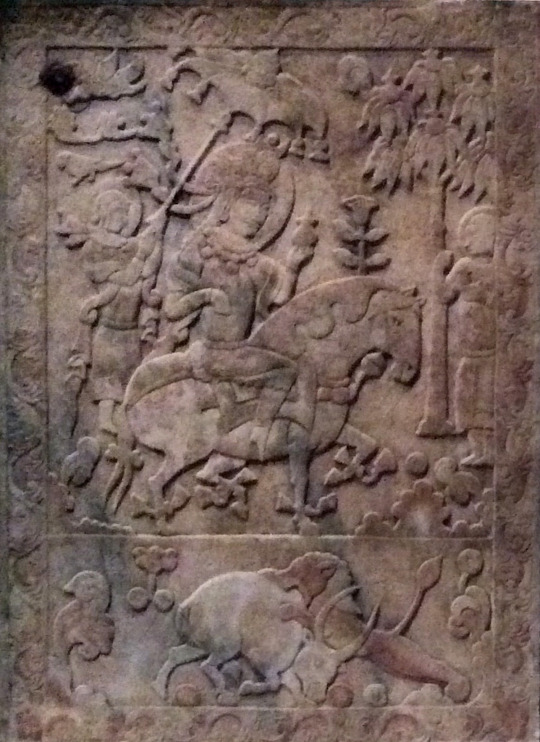
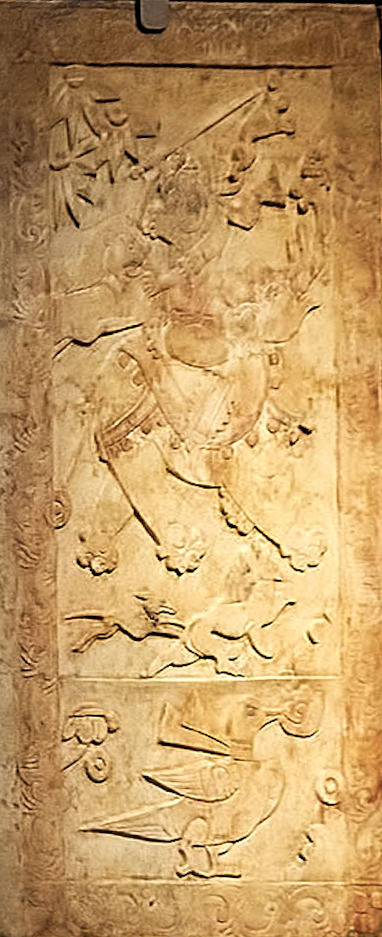
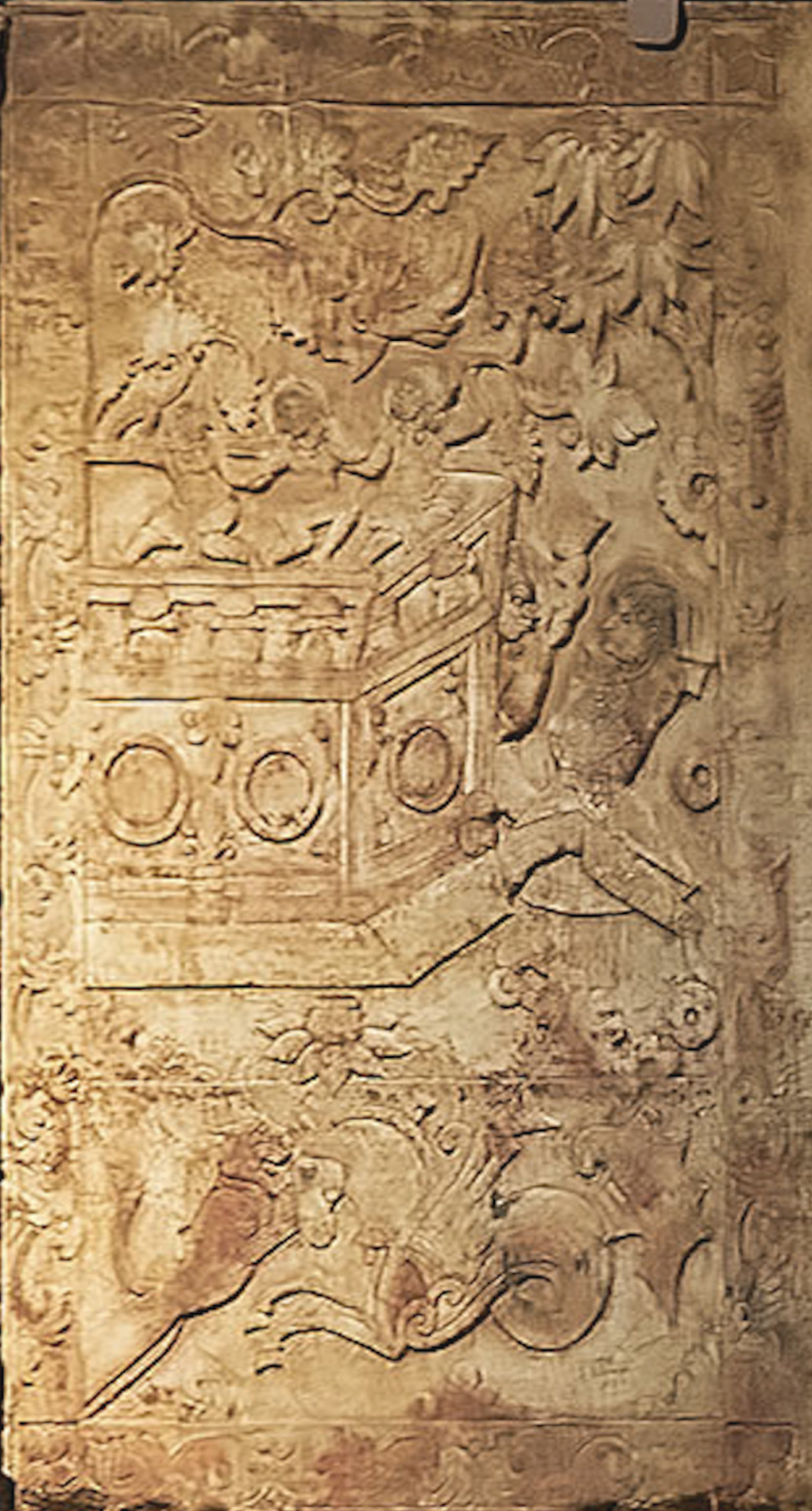

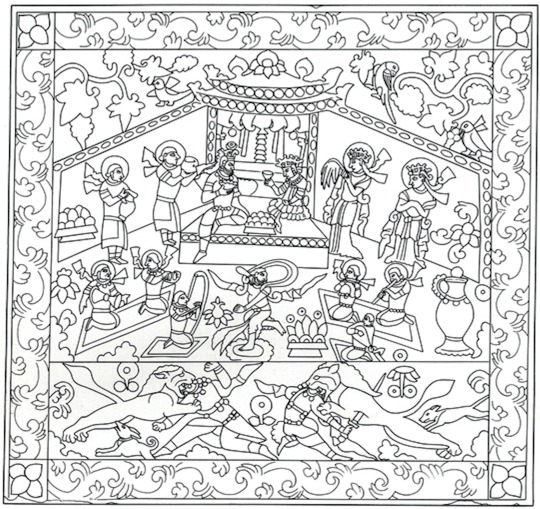
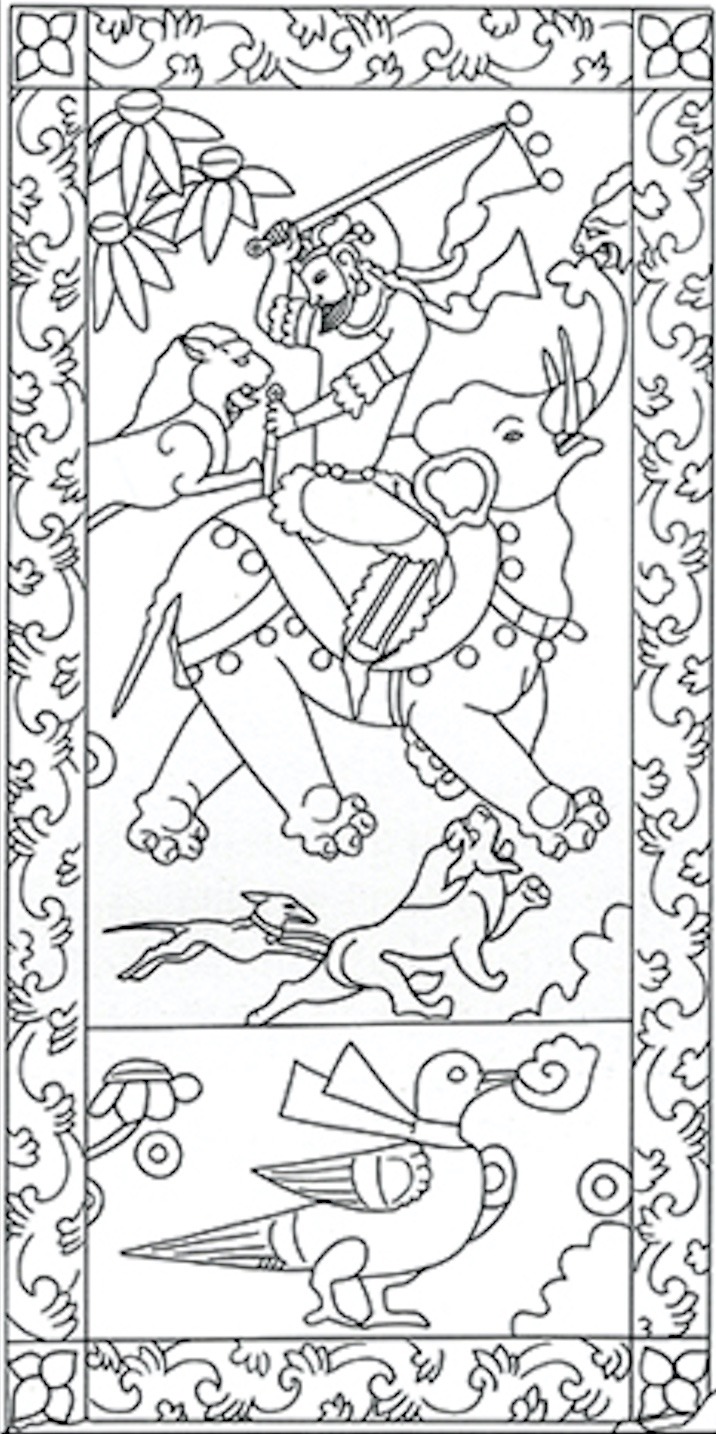
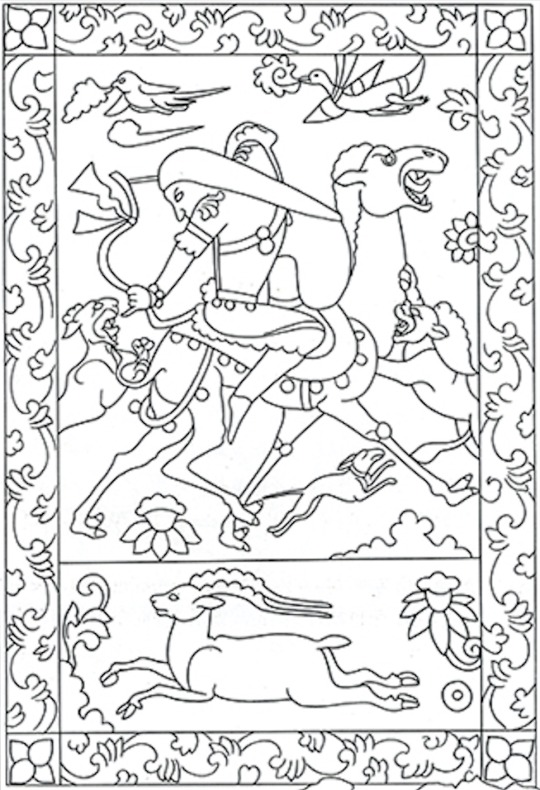



Tomb of Yu Hong 592-598 CE. Link to my blog at bottom with more sources and description of individual images.
This is probably a Sogdian tomb. Interestingly, the man has a haplogroup that was widespread amongst the blue-eyed Mesolithic/Neolithic Western Hunter Gatherers (WHG are probably where blue eyes originated from) and the haplogroup is found today most prominently in Sami, Finns, and Estonians. His wife has a haplogroup found prominently amongst East Asians. Based on her East Asian origins and the inclusion of some Turkic-looking people in the tomb's artwork I would assume she was probably a Turk, herself. The long-haired men without halos (e.g. panel 4) are probably Turks, that was a typical appearance for them during this time period. Men from other surrounding populations such as the Sogdians, Huns, Tocharians, etc. typically kept shorter hair that didn't go past their shoulders. More info:
"The man buried in the tomb went by Yu Hong (Chinese: 虞弘; pinyin: Yú Hóng; Wade–Giles: Yü Hung; 533–592 AD), with Mopan (莫潘) as his courtesy name, who was a Central Asian, probably of Persian or Sogdian origin, and practiced Zoroastrianism. He had settled in Early Middle Period China during the Northern Qi, Northern Zhou and Sui dynasties. This tomb is so far the only archaeological find in the Central Plains region that reflects Central Asian (Western Regions) culture. The epitaph found in the tomb records that he was a noble of the city of Yü-ho-lin / Yuhelin (尉紇驎) in the mysterious Yu country (魚國), assumably for which he is named, because the two characters 虞 and 魚 are homophones.
According to the epitaph, Yu Hong started his career in service of the nomadic tribe at the time, known as Ruru. At the age of 13, he was posted as an emissary to Persia by the Khagan of Ruru, as well as Parthia, Tuyuhun and Yuezhi. Later he went on a mission to the Northern Qi, Northern Zhou and Sui dynasties. He served as chien-chiao sa-pao fu / jianjiao sabao fu (檢校薩保府, lit. “acting director of the office of Zoroastrian affairs”, or “Sogdian affairs”) during the Northern Zhou period. The term sa-pao / sabao (薩保) comes from the Sogdian s′rtp′w, means a “caravan leader”.
He had later served as a provincial governor in the Sui dynasty government, a chieftain of the Central Asian people who had settled in China during that period. Yu Hong died at the age of 59 in 592 AD. His wife survived him by six years, and was buried in the same grave in 598 AD.
A study on ancient DNA reveals that Yu Hong belonged to the haplogroup U5, one of the oldest western Eurasian-specific haplogroups, while his wife can be classified as haplogroup G, the type prevalent in East Asia.
The age of U5 is estimated at between 25,000 and 35,000 years old, roughly corresponding to the Gravettian culture. Approximately 11% of Europeans (10% of European-Americans) have some variant of haplogroup U5.
U5 was the predominant mtDNA of mesolithic Western Hunter Gatherers (WHG) [this is where blue eyes probably originated from].
U5 has been found in human remains dating from the Mesolithic in England, Germany, Lithuania, Poland, Portugal, Russia, Sweden, France and Spain. Neolithic skeletons (~7,000 years old) that were excavated from the Avellaner cave in Catalonia, northeastern Spain included a specimen carrying haplogroup U5.
Haplogroup U5 and its subclades U5a and U5b today form the highest population concentrations in the far north, among Sami, Finns, and Estonians. However, it is spread widely at lower levels throughout Europe. This distribution, and the age of the haplogroup, indicate individuals belonging to this clade were part of the initial expansion tracking the retreat of ice sheets from Europe around 10,000 years ago.
U5 was the main haplogroup of mesolithic European hunter gatherers. U haplogroups were present at 83% in European hunter gatherers before influx of Middle Eastern farmer and steppe Indo-European ancestry decreased its frequency to less than 21%.
Today, haplogroup G is found at its highest frequency in indigenous populations of the lands surrounding the Sea of Okhotsk. It is an East Asian haplogroup. Haplogroup G is one of the most common mtDNA haplogroups among modern Ainu, Siberian, Mongol, Tibetan and Central and North Asian Turkic peoples people (as well as among people of the prehistoric Jōmon culture in Hokkaidō). It is also found at a lower frequency among many other populations of East Asia, Central Asia, Bangladesh, Sri Lanka, and Nepal. However, unlike other mitochondrial DNA haplogroups typical of populations of northeastern Asia, such as haplogroup A, haplogroup C, and haplogroup D, haplogroup G has not been found among indigenous peoples of the Americas."
-taken from Wikipedia
#sogdiana#indo european#ancient china#ancient history#antiquities#history#art#museums#sculpture#statue#ancient#turkic#eurasian#finnish#estonian#finno ugric#genetics
129 notes
·
View notes
Text
So for the language day how about i share some Estonian idioms. Ok here we go first one:
Hommik on õhtust targem
It means the morning is wiser than the evening aka bro go to bed you’ll figure it out tomorrow
199 notes
·
View notes
Text
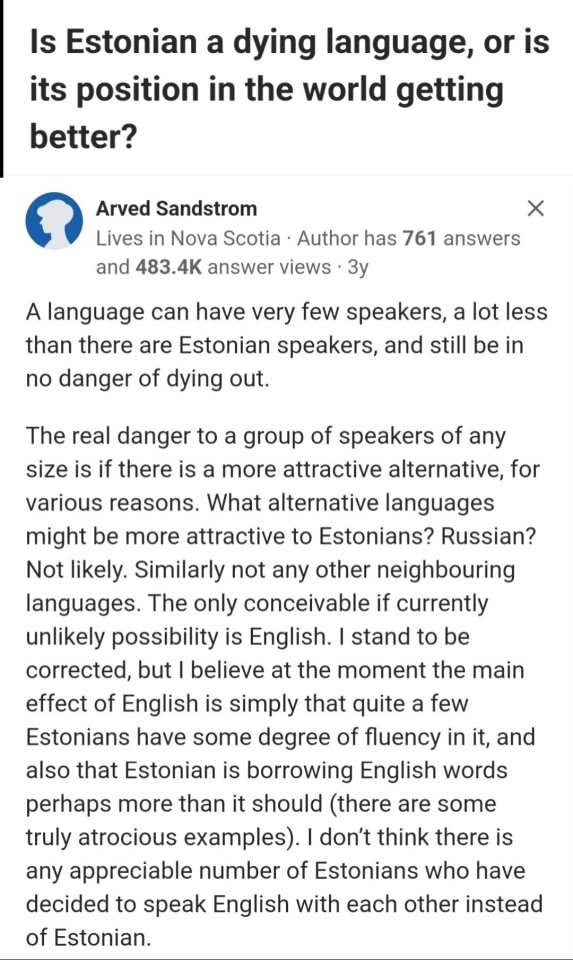
What are "some truly atrocious examples" of English loan words in Estonian?
86 notes
·
View notes
Text
*also known as eesti keel
note: this is a remake of a now-privated older poll.
reblogs are encouraged :-) please be respectful when commenting!
81 notes
·
View notes
Text

Estonian girls, Estonia, by Leesikad
#estonian#estonia#europe#eastern europe#traditional clothing#traditional fashion#cultural clothing#folk clothing
412 notes
·
View notes
Text
There is a new, free Estonian language resource, but it's a real one - a thousand page grammar that you can download from Tartu Ülikool. In Estonian. While it's not aimed at language learners, it is thorough and allegedly completely modern.
„Eesti grammatika“ on koguteos, mis kirjeldab enam kui tuhandel leheküljel eesti keele ehitust alates häälikutest kuni lausete ja dialoogideni. Raamatu viis osa annavad ülevaate eesti keele foneetikast ja fonoloogiast, sõnamuutmisest ja sõnamoodustusest, kirjalikust süntaksist ning esmakordselt ka suulise keele süntaksist ja dialoogi põhiehitusest. Sissejuhatus tutvustab keele tasandeid ja keelekirjelduse põhimõisteid. Grammatika koondab ennekõike selle sajandi eesti keele uurimise tulemusi, pakkudes kasutajale ühtede kaante vahel olulist teavet nüüdiseesti ühiskeele kõigi peamiste aspektide kohta. Käsitlus toetub tänapäevase keelekasutuse andmetele ning toob esile ka keelekasutuse varieerumise ja muutumise tendentsid. Raamatu lõpus on põhjalik eesti keele alaste uurimuste valikbibliograafia. „Eesti grammatika“ on vajalik infoallikas kõigile, kelle töö, õpingud või huvid seostuvad eesti keelega.
42 notes
·
View notes
Text

28 notes
·
View notes
Text

Alexander Nevsky Cathedral in Tallinn, Estonia
Estonian vintage postcard, mailed to Helsinki, Finland
#vintage#estonian#tarjeta#briefkaart#alexander#postcard#alexander nevsky cathedral#photography#nevsky#postal#carte postale#sepia#estonia#ephemera#finland#historic#cathedral#ansichtskarte#tallinn#postkarte#helsinki#postkaart#mailed#photo
21 notes
·
View notes